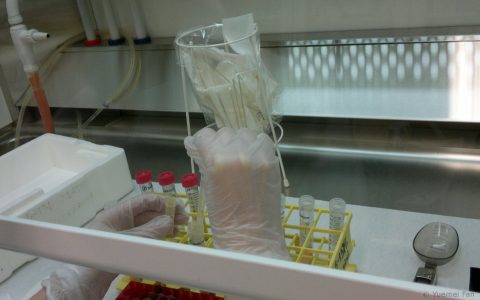Lungwena Antenatal Intervention Study (LAIS) was a randomized, three-arm parallel-group investigator-blinded clinical trial that primarily aimed to assess the impact of intensive presumptive treatment of maternal malaria and reproductive tract infection on the incidence of preterm delivery and associated ill health. The original study hypothesis was that maternal antibiotic treatment with monthly sulphadoxine-pyrimethamine, alone or in combination with two doses of azithromycin, improves foetal growth and decreases the incidence of preterm delivery, thus leading to an increased infant size at birth and at one month of age. The primary efficacy and safety outcome measures were the incidence of preterm delivery and serious adverse events, main secondary outcomes mean newborn size (weight, length, MUAC, head circumference) at birth and at 28 days of age as well as prevalence of underweight, stunting and wasting at the age of 28 days.
 A total of 1320 pregnant women were enrolled to the study and followed through pregnancy. Delivery events and birth weights were recorded on a home visit soon after delivery. Child growth and health was monitored at 3-monthly clinic visits up to 24 months, and then at 30, 36, 48 and 60 months of child age. The results on the pregnancy outcomes, as well as studies on malaria immunity and parasite antibiotic resistance have been published in international journals (Luntamo et al. 2010, Luntamo et at., 2012; Luntamo et al, 2013).
A total of 1320 pregnant women were enrolled to the study and followed through pregnancy. Delivery events and birth weights were recorded on a home visit soon after delivery. Child growth and health was monitored at 3-monthly clinic visits up to 24 months, and then at 30, 36, 48 and 60 months of child age. The results on the pregnancy outcomes, as well as studies on malaria immunity and parasite antibiotic resistance have been published in international journals (Luntamo et al. 2010, Luntamo et at., 2012; Luntamo et al, 2013).
We have followed up the LAIS cohort at 12 years and at 17 years of age. Some of the results have been published. Currently we collect data on the third generation of LAIS participants (see LAIS offspring in the current projects).
